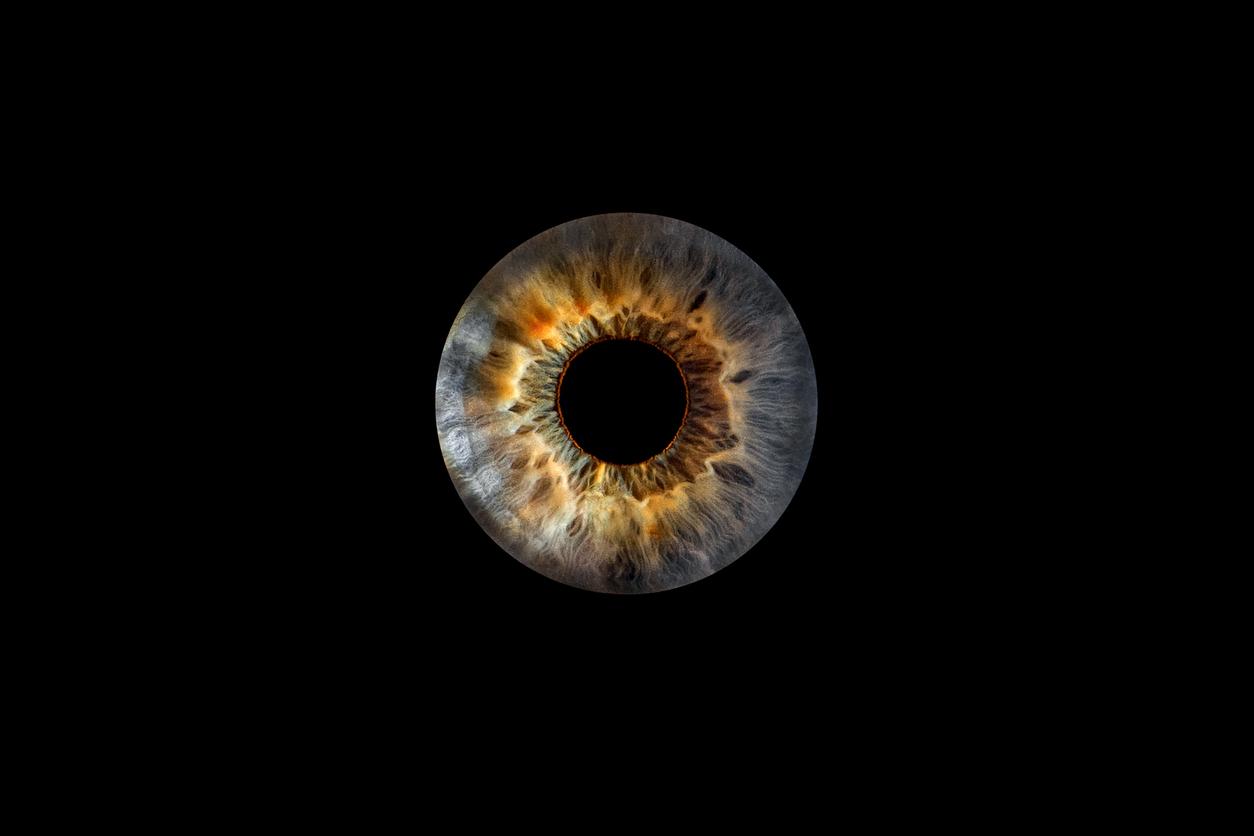The Commission for the initial assessment of the relationship between the benefits and the risks of health products of the National Medicines Safety Agency (ANSM) issued a favorable opinion (unanimously) for the development of a Temporary Recommendation. of Use (RTU) of Avastin in the treatment of neovascular age-related macular degeneration (AMD).
But the Roche laboratory, which manufactures this drug, opposes its use in ophthalmology, claiming that it cannot “assume responsibility for the establishment and monitoring of the use of Avastin” in the treatment of AMD.
Avastin (bevacizumab) is a medicine used in advanced colorectal cancer as an adjunct to chemotherapy. In this indication, it is used as an intravenous infusion. But it has proven its effectiveness in the treatment of AMD when it is injected by the intravitreal route (a puncture made directly in the eye, in the ocular cavity located behind the lens and called the vitreous cavity. ). A study conducted on 501 patients with AMD, half of whom benefited from treatment with Avastin and the other half from treatment with Lucentis, indicates that the evolution of vision is similar in both groups after one year of treatment. This is all the more interesting since Avastin costs 30 times less than the existing treatment, Lucentis, marketed by the laboratory Novartis. Ultimately, Avastin could therefore replace Lucentis and reduce the cost of treating AMD for Social Security.
But for the moment, the Roche laboratory refuses the ANSM’s decision. The latter has therefore just reminded the laboratory of its regulatory obligations. Stressing that, “according to the provisions of the Public Health Code, the monitoring of patients included in a Temporary Recommendation for Use device is the responsibility of the marketing authorization holder”.
Read also :
AMD: consider screening from age 55
AMD: contact lenses that zoom in


















